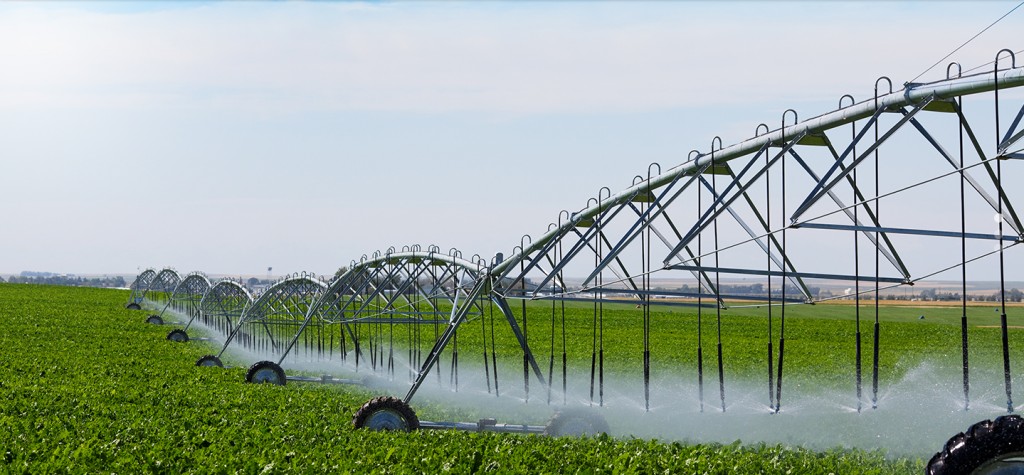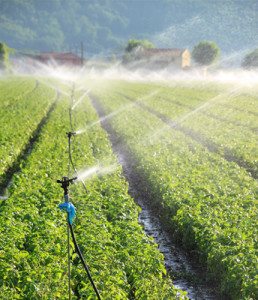Agriculture
Irrigation Systems
A common problem encountered in all irrigation systems is growth of micro-organisms in the irrigation pipes causing poor flow, blockages and the potential for the spread of disease-causing organisms throughout the irrigated area, particularly fungal diseases.
The micro-organisms flourishing in irrigation pipes include bacteria and fungi and, if sufficient light is present, algae. Irrigation pipes provide an ideal environment for the establishment of biofilm on the inside of the pipes.
Other than mineral build up, the presence of biofilm is the single most likely cause of reduced flow and blockages in irrigation systems. The presence of biofilm also creates a permanent reservoir of potentially harmful micro-organisms throughout the irrigation system.
Maintain your irrigation systems
Regular maintenance is essential to maintain the efficiency of irrigation and drip systems as well as ensuring the maximum possible life of the system.
Water quality plays a big part in determining the optimum maintenance schedule for any system. There are three causes of clogging to be considered when designing an irrigation system maintenance program: Biological, chemical and physical. CleanOxide, which is Chlorine Dioxide, is the most effective treatment against biological clogging hazards.
Biological clogging hazards arise from:
- Growth of bacterial slimes (biofilm).
- Growth of algae wherever there is sufficient light available, especially around drip taps and emitters.
- Biological growth on clay particles contributing to physical clogging of spray nozzles by bridging.
- Adhesion and agglomeration of fine particulate matter as a result of biological activity.
- Precipitation of iron and sulphur caused by biological activity.

Get a free quote
Control Micro-organisms in Irrigation Pipes
Conventional chlorine, bromine and non-oxidising biocides are very poor at controlling microorganisms in irrigation pipes because of short contact times unless dosed at very high concentrations. Even at high dose rates, these disinfectants do not control biofilm.
High concentrations of disinfectant in irrigation water are also potentially harmful to the plants being irrigated. Most non-oxidising biocides are unacceptable for spraying on to food crops.
Chlorine dioxide overcomes all these problems. It is effective against algae, bacteria, bacterial spores.fungi, protozoa and viruses and is the only method of disinfection that is effective at controlling biofilm.
Chlorine dioxide remains effective over a wide pH range from 4 to 10, does not react with ammonia or organic matter in the water and any residual chlorine dioxide on plants rapidly breaks down to harmless inorganic compounds.
In addition to these benefits. Chlorine dioxide, when used at high enough dose rates, will disinfect hard surfaces preventing the spread of disease-causing bacteria, fungi and viruses.



